Between 2001 and 2010, nearly one in every three drugs approved by the FDA was associated with a safety event after the product hit the market. This trend was identified by researchers in the Department of Medicine at Brigham and Women’s Hospital, who published their findings in JAMA.
The postmarket safety events identified by the researchers included FDA release of a safety communication about a specific drug, mandatory inclusion of a boxed warning, or complete withdrawal of the product from the market due to safety concerns. In the 10-year study period, the FDA approved a total of 222 drugs and biologics, 59 of which were associated with a safety communication. Sixty one of these approved drugs received a boxed warning after approval, and three drugs were removed from the market altogether.
“The fact that so many new safety risks are being identified after FDA approval indicates that the FDA is taking its responsibility of ensuring the safety of new drugs throughout their lifetime seriously,” said primary study author Dr. Nicholas Downing, a resident physician in the Department of Medicine at Brigham and Women’s Hospital. “However, these safety risks emerge, on average, four years after approval. This means that many patients are exposed to these medications before the risks become clear.”
Downing and his colleagues point out that biologics and psychiatric therapeutics were statistically significantly associated with higher rates of postmarket safety events. In addition, drugs granted accelerated approval status, and those that were approved close to regulatory deadlines, were also more likely to be associated with a safety concern after hitting the market.
“This analysis highlights that there is residual uncertainty about the risks and benefits of new drugs at the time of approval,” said Downing, “thereby demonstrating the need for all stakeholders engaged in the drug development process to commit to the generation of clinically useful information both before and after regulatory approval.”
While current pharmacovigilance efforts were able to detect these safety risks, the study points to an increased need for better safety monitoring throughout the clinical trials process. These safety concerns have a direct impact on how and when a drug is prescribed, making it imperative that possible dangers be identified as early as possible in the drug’s life cycle.
President Trump is looking to deregulate pharmaceuticals to get them approved faster, however this study highlights the importance of continuing the requirement that drugmakers demonstrate safety in their clinical trials. While the number of drugs associated with postmarket safety events in this study is concerning, some believe the number could be higher if the FDA’s stringent regulations for new drug approvals, were relaxed.


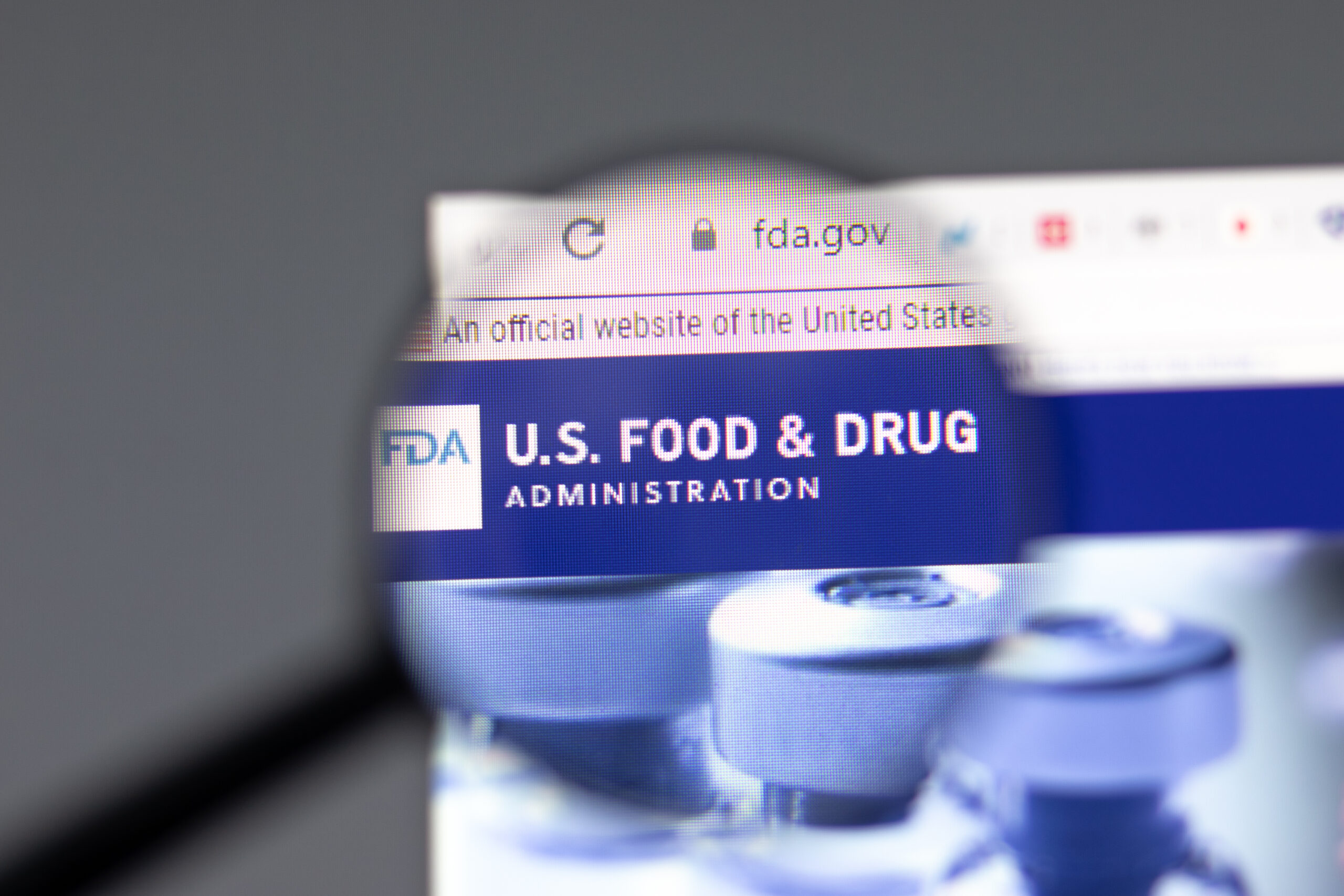
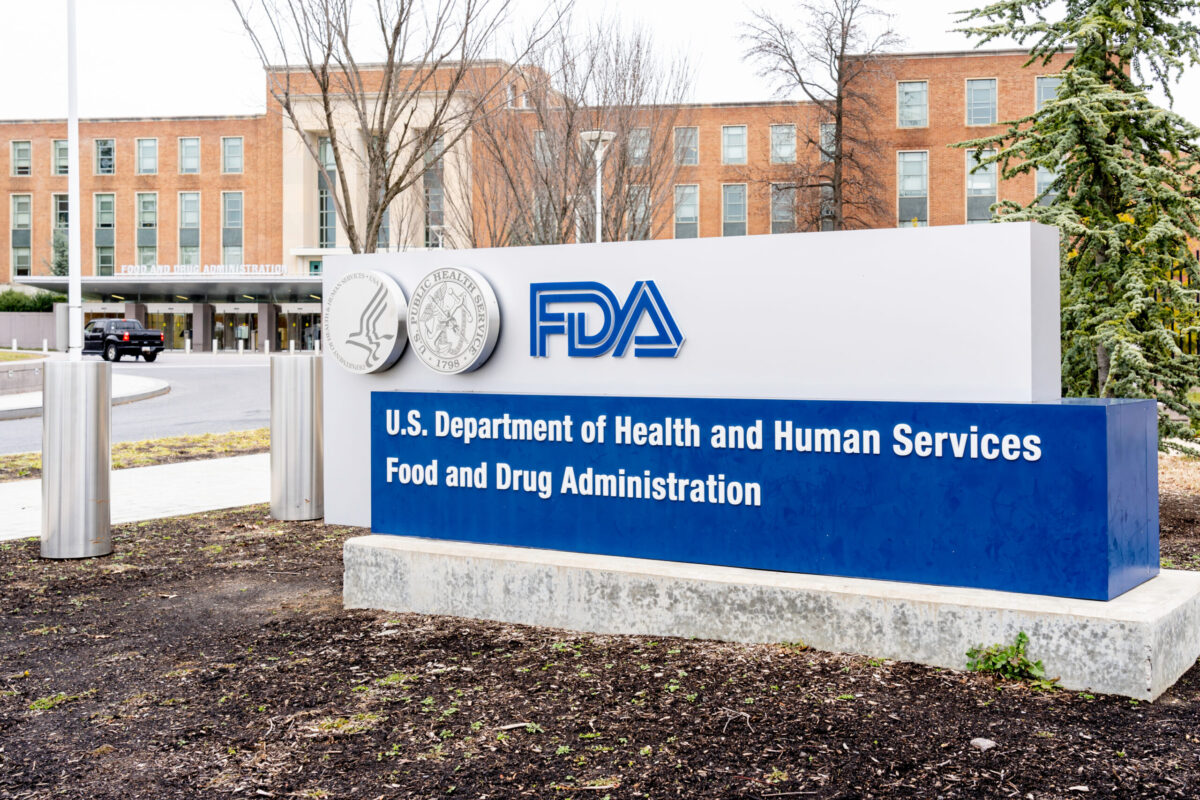
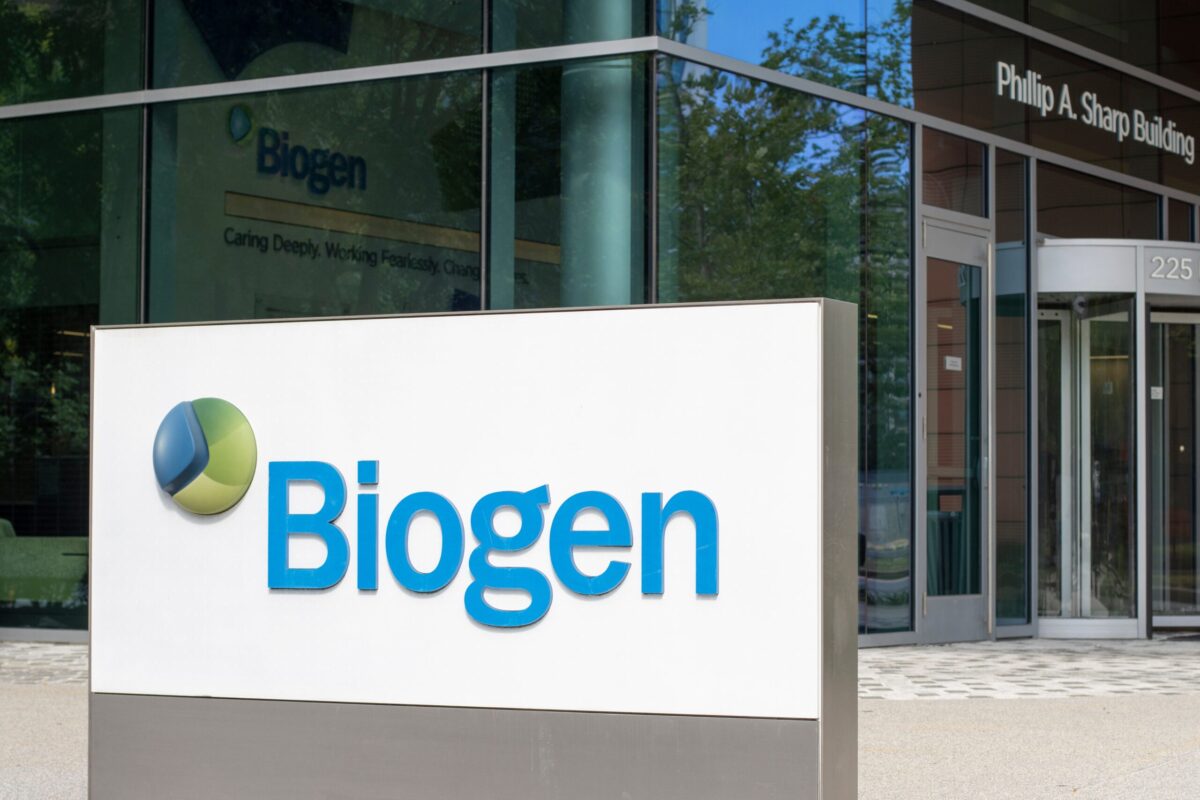
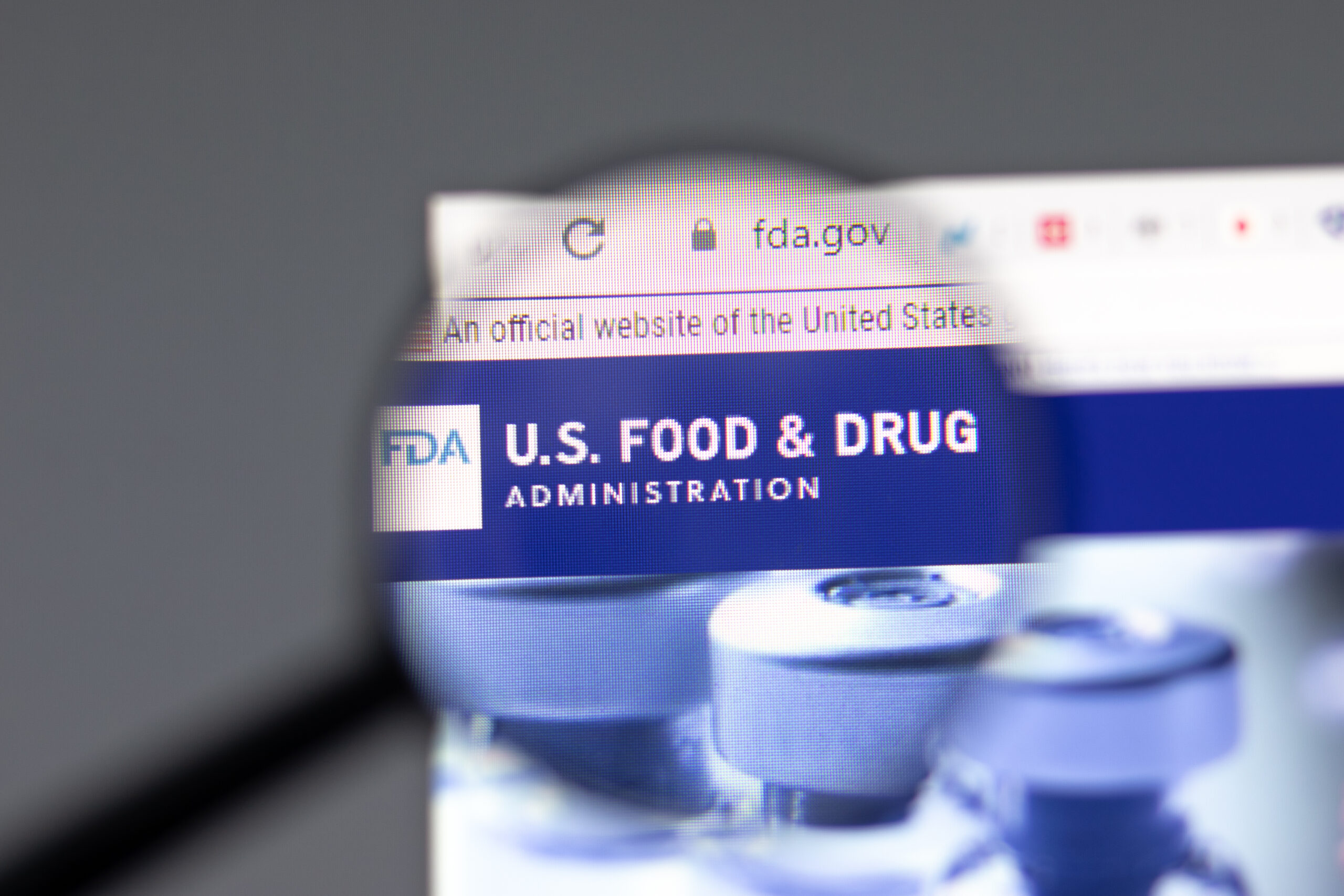
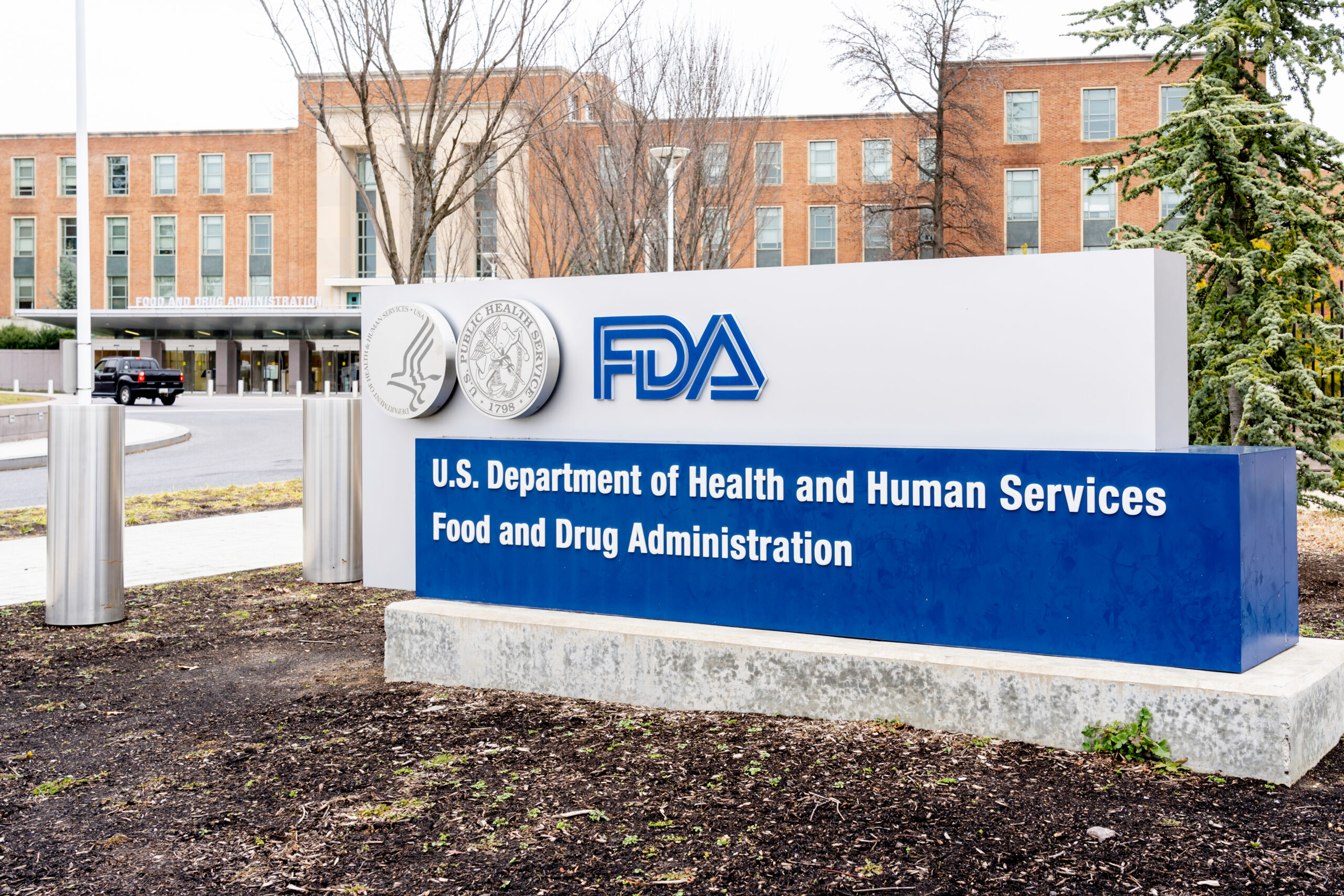





Join or login to leave a comment
JOIN LOGIN